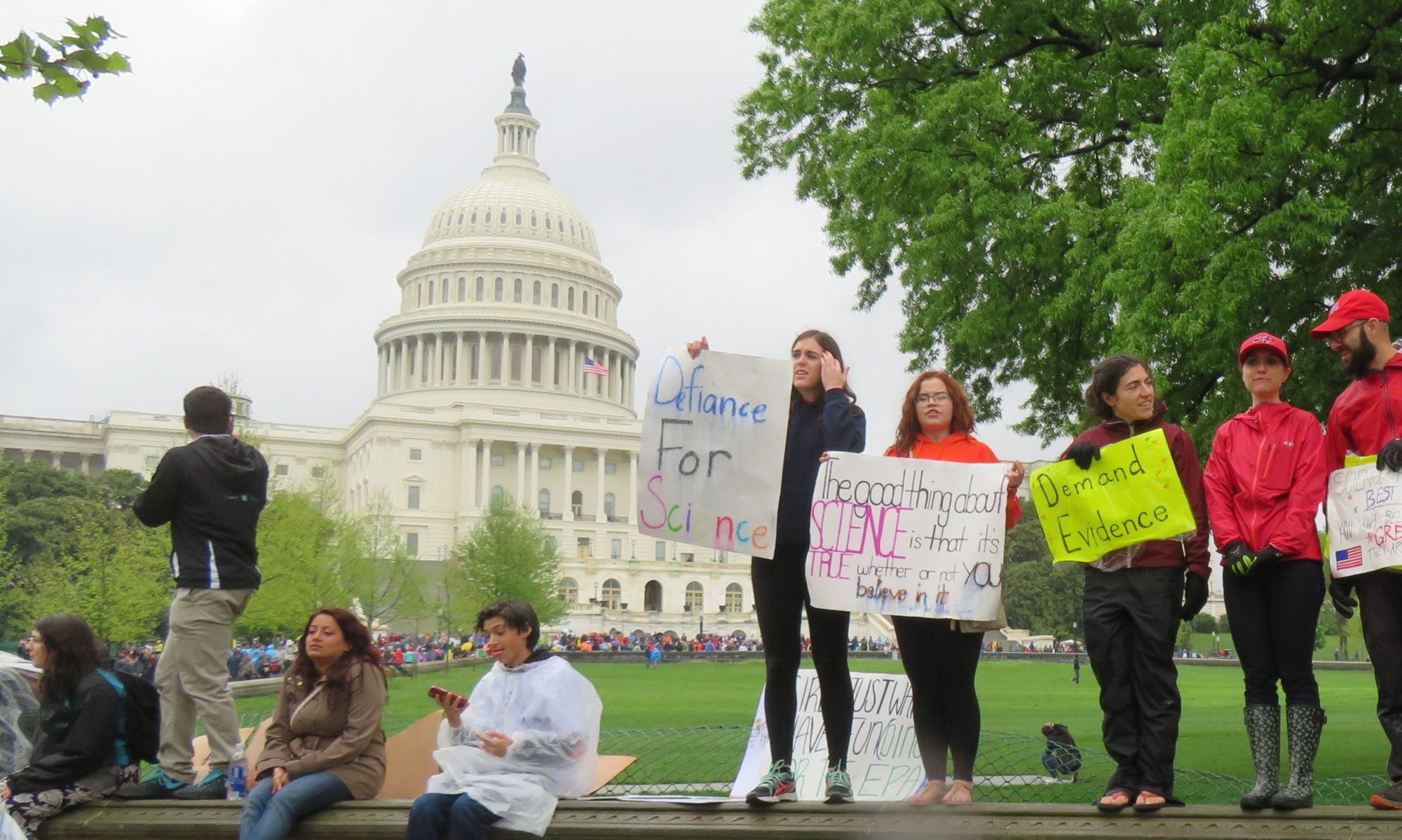Party in the Street, my book with Fabio Rojas, was reviewed by Réjean Pelletier in the Revue Française de Science Politique.
Here is the review:
Au cours des années 1990, on a souvent relié
le déclin du militantisme dans les partis
politiques à la montée des nouveaux mouvements
sociaux. Les militants des mouvements
sociaux, estimait-on, préfèrent défendre sans
compromis une cause unique, comme l’environnement,
plutôt que de s’impliquer dans un parti
politique où s’impose la nécessité de faire des
compromis face à la multiplicité des causes à
défendre. L’ouvrage du politologue Michael
T. Heaney et du sociologue Fabio Rojas s’inscrit
dans une démarche complètement opposée.
Party in the Street se définit essentiellement
comme le lieu des interactions, dans un espace
social, entre un mouvement social et un parti politique.
Plus précisément, ceux et celles qui s’identifient
à un parti politique et qui s’identifient en
même temps à un mouvement social forment le
« parti dans la rue ». Les auteurs ont donc voulu
analyser ces identités en interaction au sein du
mouvement anti-guerre aux États-Unis après les
attentats du 11 septembre 2001. Ils entendent montrer
que, dans cette période d’intense polarisation
entre les deux grands partis politiques qui dominent
la scène politique américaine, l’identité partisane,
démocrate en l’occurrence, a finalement dominé
l’identification au mouvement anti-guerre.
Le déclin du mouvement est tout simplement
le produit d’une multitude de décisions
individuelles d’activistes présents dans différentes
organisations coalisées dans le mouvement
d’opposition à la guerre. Comme l’identité
partisane l’a finalement emporté sur l’identification
au mouvement, ce dernier a commencé à
décliner avec l’élection d’une majorité démocrate
au Congrès à l’automne 2006 et, surtout, avec
l’élection du président Obama à l’automne 2008.
Pour le dire autrement, le déclin du mouvement
est dû aux démocrates qui quittent le mouvement
et non pas à des activistes anti-guerre qui
délaissent le Parti démocrate. En outre, le déclin
s’est amorcé avec le changement de parti au pouvoir
et non pas à la suite d’un changement de
politiques à l’égard des guerres en Afghanistan
et en Irak.
Ces conclusions jettent un éclairage nouveau
sur les liens entre l’identité partisane et l’identification
à un mouvement social. À la suite de nombreuses
enquêtes menées dans différentes villes
américaines parmi les opposants à ces deux
guerres, les auteurs ont pu tester différentes hypothèses.
Selon eux, l’identité partisane, essentiellement
démocrate, a joué un rôle important dans
le mouvement anti-guerre. Qui plus est, ces
démocrates étaient beaucoup plus motivés par
une antipathie à l’endroit des républicains et du
président Bush que ne l’étaient les non-démocrates.
C’est pourquoi, après l’élection d’une
majorité démocrate au Congrès américain et, surtout,
après l’élection du président Obama, lorsque
l’identité partisane et l’identification au mouvement
anti-guerre ont pu entrer en conflit, c’est
l’identité partisane qui l’a emporté chez ces démocrates
opposés à la guerre, et ce, même si la politique
extérieure du président Obama a été loin
d’être limpide à ce sujet. Ce qui fait dire aux
auteurs que plusieurs des acteurs du mouvement
anti-guerre ont alors considéré un changement
partisan comme synonyme d’un changement de
politique, ce qui n’était pas nécessairement le cas.
Cette domination de l’identité partisane chez les
activistes démocrates a conduit à une démobilisation
au sein du mouvement anti-guerre à partir
de 2007 : ces démocrates se sont ensuite mobilisés
davantage pour défendre des enjeux de politique
intérieure, comme la politique de santé du président
Obama.
Délaissant les individus pour s’intéresser à la
coalition d’organisations qui composait le mouvement
social opposé à la guerre, les auteurs ont
pu montrer que les organisations liées au Parti
démocrate ou qui s’identifiaient à ce parti ont
joué un rôle important au sein de la coalition
anti-guerre, sans y avoir cependant exercé un
leadership prépondérant. Certes, la participation
des individus et des organisations était si profondément
intégrée qu’il était parfois impossible
de les séparer clairement. Cependant, les auteurs
ont pu montrer que les partisans démocrates
désireux de s’impliquer dans le mouvement ont
atteint un sommet en 2004-2005. Ce qui fut le
cas des organisations en 2007-2008 seulement,
soit au moment même où l’importance des
manifestations contre la guerre avait commencé
à décliner. Ces organisations identifiées aux
démocrates, après avoir gagné du terrain à la
suite des élections de mi-mandat de 2006, se sont
retirées de la coalition après l’élection du président
Obama. Pour ne citer qu’un exemple, le
désengagement de l’organisation MoveOn, liée
au Parti démocrate et emblème même de ce
qu’était le « parti dans la rue », a été un catalyseur
important de l’effondrement du mouvement
social en 2009.
Il en est de même au sein du Congrès américain
où ce sont les élus identifiés au Parti
démocrate qui ont composé le noyau de tout le
réseau opposé à la guerre, si bien que l’élection
d’un président démocrate a conduit à l’effondrement
simultané de l’opposition à la guerre aussi
bien au sein du Congrès que chez les activistes
et au sein des organisations, conduisant alors le
mouvement social à sa dislocation et à sa disparition
des écrans médiatiques.
Au total, cet ouvrage traite de la formation
et de la dissolution d’une alliance entre un mouvement
social et un parti politique durant une
période d’intenses polarisations partisanes aux
États-Unis. Surtout, il a montré que, lorsque
l’identité partisane et l’identification à un mouvement
social entrent en conflit, c’est l’identité
partisane qui l’emporte et qui conduit le « parti
dans la rue » à servir les intérêts du parti avant
les intérêts du mouvement social. Les auteurs ont
documenté abondamment dans leur ouvrage le
fait que l’effondrement du mouvement antiguerre
a été le résultat du désengagement des
activistes, des organisations, des élus et des
bailleurs de fonds, tous identifiés au Parti
démocrate.
Cet ouvrage apporte un éclairage nouveau, à
la fois théorique et empirique, sur la montée et le
déclin d’un mouvement social et nous force à
revoir les liens entre un parti politique et un mouvement
social, plus exactement entre les activistes
et les organisations qui sont liés à un parti et qui
se retrouvent en grand nombre dans un mouvement
social. L’identité partisane l’emporte-t-elle
toujours sur l’identification au mouvement
lorsque surviennent des changements politiques
importants ? C’est la question qu’on peut se poser
au terme de cette lecture. D’autres recherches
dans d’autres pays devraient apporter une réponse
plus définitive à cette question par-delà les
conclusions de cet ouvrage, par ailleurs fascinant.
Réjean Pelletier –
Université Laval (Québec)

